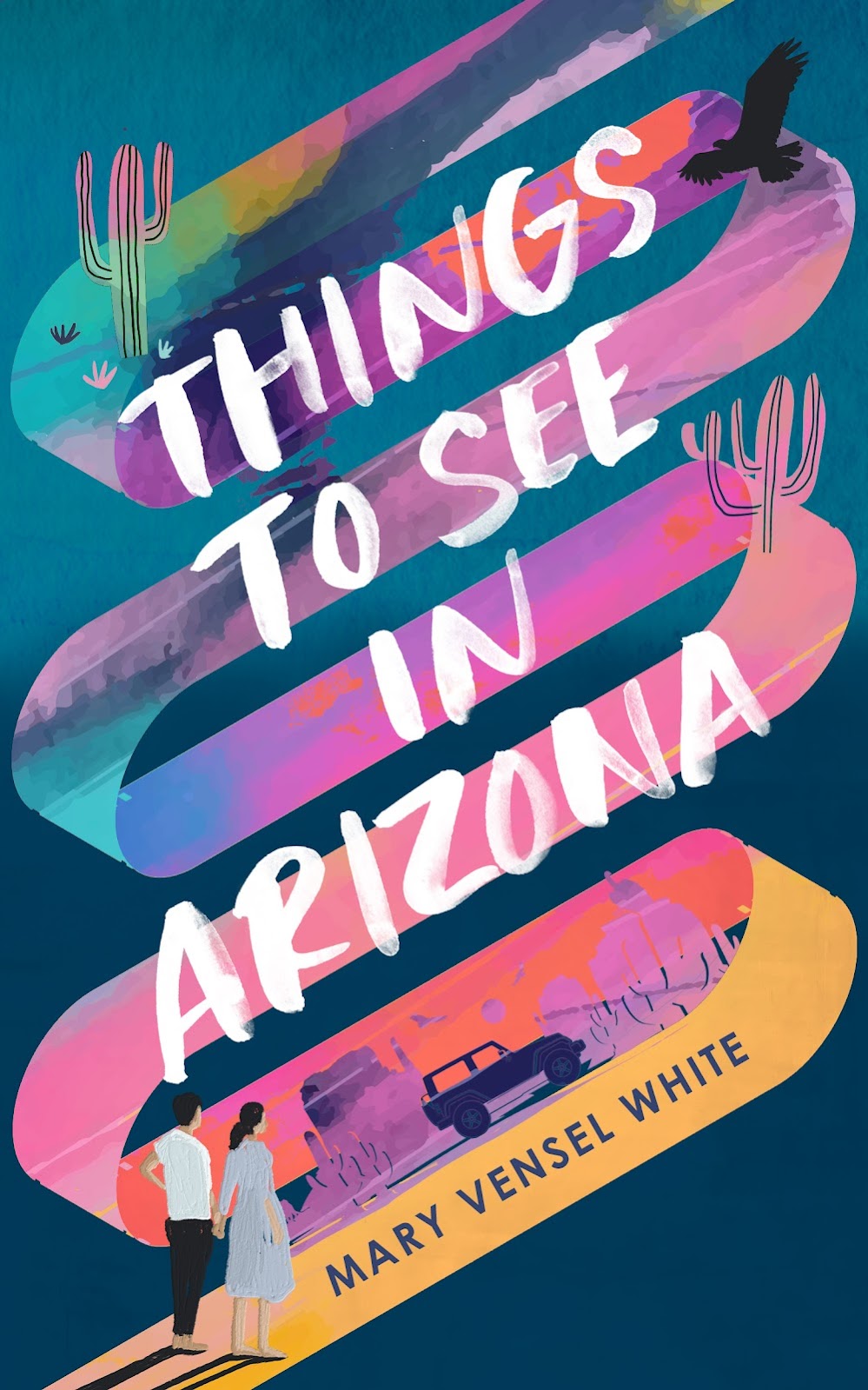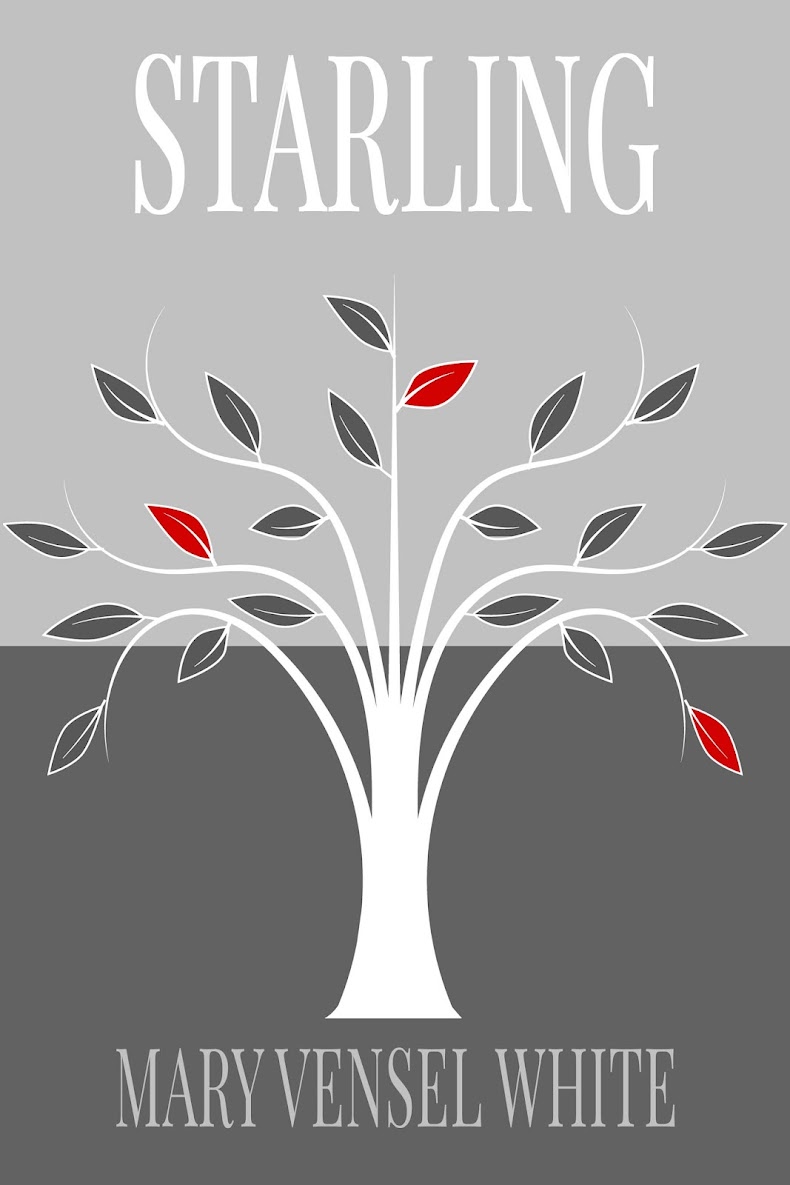Reader, I ain’t gonna lie—I haven’t made much progress this
week on The Overstory. But I plan to, soon, and even though I didn't get many pages
read, I’ve been thinking about the book nevertheless, and about trees,
and lots of tree-related things.
***
The Overstory is written in a series of stories. Each chapter
is a complete branch, if you will, about a unique character or characters, not
related (at this point, anyway) to the other branches/chapters of the book. And
like any collection of independent stories, I like some better than others. All
of them are vivid. An Indian boy of immigrant parents finds his freedom in
computers after falling from a tree and becoming paralyzed. A couple’s romantic
history takes plant-related twists and turns. This week, my thoughts kept
returning to the third chapter, titled "Adam Appich," which tells the story of a
family with four children. When each child was born, the father chose a tree to
plant: “Leigh’s elm, Jean’s
ash, Emmett’s ironwood, and Adam’s maple.” Somehow, the characteristics of each
tree seem to correspond to the characteristics of the children, now grown, and
in some cases, to have directed the course of their lives. And this seemed to me a
sort of reverse idea to that aspect of Rules for Visiting I talked about last
week—when May and her dad were trying to choose a tree at the end of his life,
to represent him.
***
When I was an adolescent, once I wrote a note to God and
buried it under the tree in our front yard. I don’t remember what I wrote, but
I’m sure it was something pleading. Like many people who end up being writers,
I had many emotions and a flair for drama even then. I think about driving up to see that
tree, to see if it’s still there, to see what kind of tree it is.
***
My mom passed last year and in the worst throes of grief, I
feel like I’m floating, rootless. Around the same time she died, I was forced from my
home, where we had chosen every element under our feet: tile, landscaping, dark
wood floor. I lost that house, other places that felt like home, and my mother,
all at the same time. A couple of weeks ago I was missing her, suffering, but
also coming out of this latest round, feeling strong and counting blessings, and a thought occurred to
me: maybe when all foundations are pulled out from under us, that is when we realize it’s
been our own two feet holding us up all along.
***
I saw the movie Midsommar
last night with two of my sons. It’s one of the strangest movies I’ve seen in
some time—innovative, with thrilling and disturbing visuals. The main character
is suffering from grief; the acting struck me as raw and true. It’s not a film that’s
easy to describe and I won’t try. But there are strong themes throughout about
nature. When old people in a commune die, the bodies are cremated and their ashes
placed into the trunk of a fallen tree. In the surrounding forest, trees seem
to pulsate with life and in one scene—I swear—the main character takes
mushrooms and as she hallucinates, her shoes seem to be filled with roots
instead of flesh and bone. Rooted. Her own two feet.
***
This week, my friend bought some new plants and
I picked up the old ones to plant in my yard. I’m terrible with indoor plants.
The only things I’ve managed to keep alive are three braided money trees. They’re
a type of bonsai, I believe, and almost impossible to kill, either with too
much water or sun, or not enough. They’re often given as memorial gifts, and I received
one of them from a friend when my mom passed. Another was a gift from the
housekeeper I had for seventeen years, before we parted ways when I moved. I
can’t remember where the third plant came from but it’s over three feet tall
now. Anyway, I’m hoping my friend’s plants thrive here, that they’re able to
find some footing.
And now...a tree poem:
Roots and leaves themselves alone
by Walt Whitman
Roots and leaves themselves alone are these,
Scents brought to men and women from the wild woods and pond-side,
Breast-sorrel and pinks of love, fingers that wind around tighter
than vines,
Gushes from the throats of birds hid in the foliage of trees as the
sun is risen,
Breezes of land and love set from living shores to you on the living
sea, to you O sailors!
Frost-mellow'd berries and Third-month twigs offer'd fresh to young
persons wandering out in the fields when the winter breaks up,
Love-buds put before you and within you whoever you are,
Buds to be unfolded on the old terms,
If you bring the warmth of the sun to them they will open and bring
form, color, perfume, to you,
If you become the aliment and the wet they will become flowers,
fruits, tall branches and trees.





















